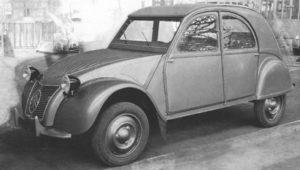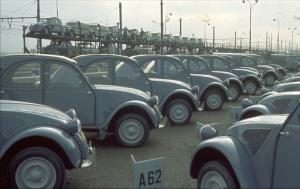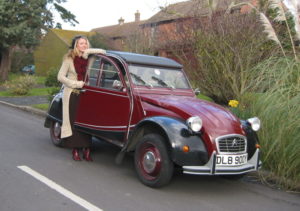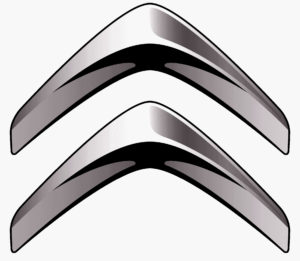An umbrella on four wheels – 1949 to 1990
Not a company to let technology overtake it, Citroën, wanted to produce a new light car everybody could afford. It had to be cheap to run, easy to repair, seat four adults in comfort, house a barrel of wine or a large sack of potatoes AND be able to cross a ploughed field without breaking any of the contents of a basket of freshly laid eggs.
More French than a baguette, the A-series range includes a number of cars, all sharing the same basic chassis and mechanicals, but varying widely in style.

2CV
The best known of the A-series, the 2CV is where it all started.
In 1936, Pierre-Jules Boulanger – then vice-president of Citroën – started a project to put the rural French on wheels. The probably apocryphal phrase ‘Four wheels under an umbrella’ might have passed into legend relatively unchallenged, but there’s no doubt of the basic intention. A four-seater car that eschewed styling and fripperies in favour of providing transport for the family and their goods at a price that almost everybody could afford.

By 1939, the Toute Petite Voiture (TPV) was ready to go into production. Using exotic materials in its construction, and with absolutely everything that wasn’t strictly necessary left on the drawing board, plans were shelved due to some minor disagreements with the neighbours.
Once that was all sorted out, the time turned out to have been used wisely, and the 2CV that was unveiled at the 1948 Paris Motor Show was a very different beast. Over the next 42 years, the 375cc air-cooled flat-twin pushing out 9bhp, the ‘ripple’ bonnet, the ‘suicide’ front doors, and the fabric hood that reached from rear bumper to windscreen may have all moved a little in the direction of normality – but the basic formula didn’t. Any colour you like as long as it’s semi-matt metallic grey gave way to extravagant two-tone colour schemes evocative of the ’20s and ’30s. A peak of 29bhp pushed the 2CV to an official top speed around 70mph.

Most importantly of all – the 2CV charmed everybody it met, across the entire world. Over two decades after the last one rolled off the production line, it still does.
Vans
With the 2VC intended to be cheap transport for taking goats/wine/cheese etc to market, it was only a matter of time before a version was launched to take more goats/wine/cheese to market in one go. And, in 1951, it arrived, with a corrugated van box being attached aft of the B-pillars of the 2CV car’s shell. Over time, it grew a bit – first in rear overhang length, then in body height – with the payload increasing from 250kg to 400kg. In 1978, the most major change happened, with the front end being changed for that of the Dyane to form the Acadiane. A few inches longer in wheelbase, the Acad saw the A-series van through until 1987, despite the launch of the Visa-based C15 in 1984.
Others
The 2CV formed the basis of many other cars over the years, mainly designed to be produced as cheaply and easily as possible in developing economies. Many were simple folded-steel utility vehicles along the lines of the Méhari. Others were license-built versions of the ‘normal’ cars, before locally-designed developments turned them into very different cars. Club member, Julian Marsh’s excellent Citroënet site contains details of many of them, and many thanks for the use of pictures from his site.


